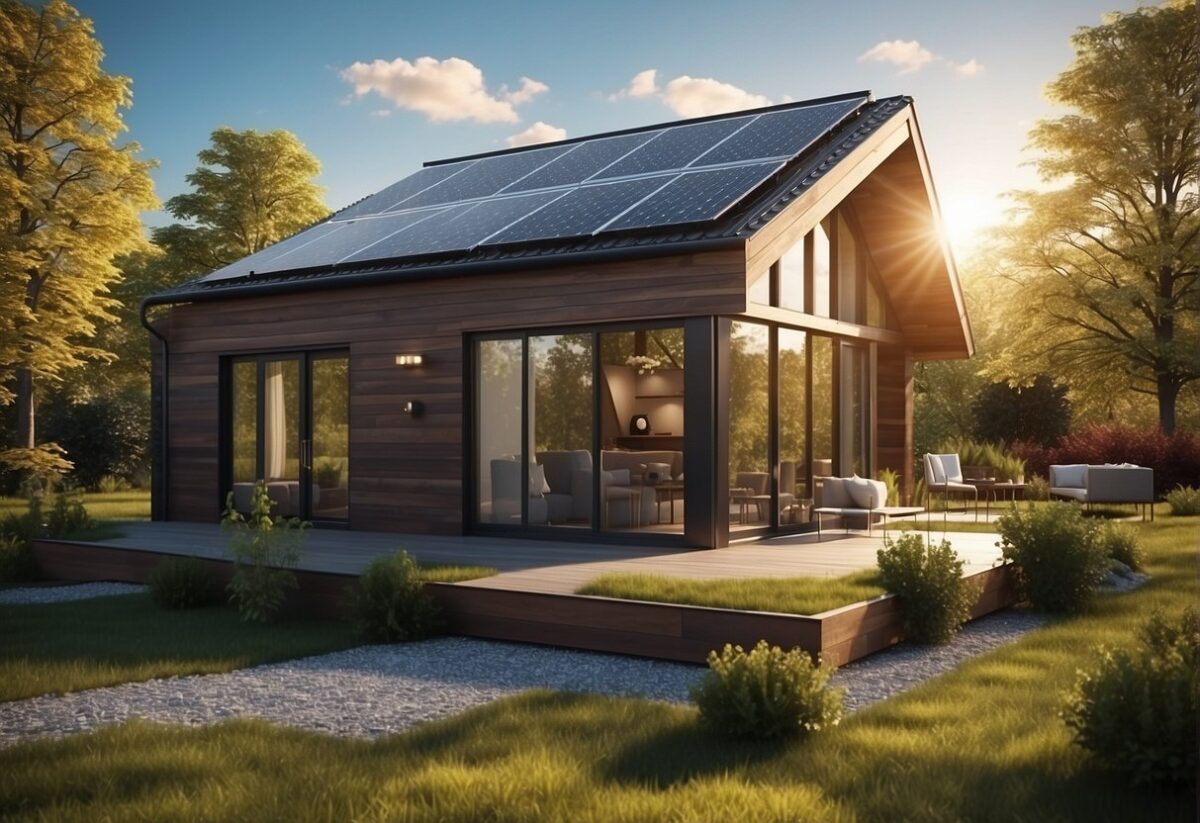When you’re picking out materials for your new home or planning renovations, the significance of material selection for energy efficiency might not be the first thing on your mind. Yet, the choices you make could have a profound effect on your household’s energy consumption. From the insulation in your walls to the type of glazing on your windows, every element contributes to how well your home maintains its temperature and how much energy you end up using to heat or cool your space.
Taking the time to select the right materials can result in lasting comfort and impressive savings on your energy bills. High-performance materials that suit your climate can keep your home snug in the winter and cool in the summer. It’s not just about the energy savings either; these choices also reduce your environmental footprint. An energy-efficient home leverages advanced construction techniques, materials, and systems that all play their part in reducing the overall demand for energy.
By embracing materials that are designed to enhance energy efficiency, you’re also ensuring that your home is well-positioned for the future. With energy regulations becoming increasingly stringent, having a home that already meets or exceeds these standards means you’ll be ahead of the curve. It’s clear that the strategic selection of building materials isn’t just a technical decision; it’s a choice that affects your comfort, finances, and the well-being of the planet.
Fundamentals of Home Energy Efficiency
When you’re looking to enhance the energy efficiency of your home, the materials you select play a pivotal role. They determine how well your home retains heat during the winter and keeps cool in the summer.
Thermal Properties of Materials
The thermal properties of construction materials directly affect your home’s temperature regulation. Materials like brick and concrete have high thermal mass, meaning they absorb and store heat, which can be beneficial in maintaining steady indoor temperatures. Conversely, lightweight materials such as timber have lower thermal mass and don’t store heat as readily.
To maximise energy efficiency, it’s essential to choose materials that align with your climate and your home’s design. For example, a high thermal mass material would be advantageous in an area with significant temperature swings, as it helps to stabilise the indoor climate by absorbing heat during the day and releasing it at night.
Understanding Insulation and Thermal Mass
Insulation is about resistance to heat flow, measured as an R-value; the higher the R-value, the better the material insulates. Effective insulation in your walls, roof, and floors keeps warmth in during the winter and out during the summer. This reduces the need for heating and cooling, thus cutting down on energy use and costs.
Thermal mass, on the other hand, refers to a material’s capacity to absorb and store heat energy. A good balance of insulation and thermal mass can significantly reduce energy consumption for heating and cooling. For instance, insulating materials with high R-values are crucial for the envelope of your home, while incorporating thermal mass inside can buffer against temperature changes. By using materials with appropriate thermal properties, you can create a more comfortable and energy-efficient living space.
Strategies for Material Selection
When you’re building or renovating your home, the materials you choose can significantly influence its energy efficiency. To ensure you’re making the best choices, consider these focused strategies.
Choosing Sustainable Materials
Sustainability should be at the forefront of your material selection process. Look for materials that not only reduce your home’s carbon footprint but also have a minimal environmental impact over their lifecycle. For instance, opting for recycled steel or sustainable timber from responsibly managed forests can make a substantial difference. These materials are not only durable but also help in conserving natural resources. Learn more about the impacts of these decisions from stakeholders in the house-building sector by referring to a comprehensive investigation carried out into the sustainability principle indicators.
Innovations in Energy-Efficient Materials
Innovative materials that enhance energy efficiency are constantly being developed. Materials such as aerogel insulation or thermally modified wood have advanced properties that can keep your home warmer in the winter and cooler in the summer, potentially lowering your energy bills. These materials often come from cutting-edge research that focuses on reducing the lifetime environmental impact of building products. For a deeper insight into how these materials contribute to a cleaner energy transition, the International Energy Agency’s analysis provides key actions and strategies.
Cost-Benefit Analysis of Materials
Cost-effectiveness is critical in material selection. Conduct a cost-benefit analysis to balance upfront costs with long-term savings. Energy-efficient materials may come with higher initial prices but can offer significant savings on utility bills over time. This consideration is vital in reducing the embodied carbon — the carbon emissions associated with material production and construction. A cost-benefit analysis should account for both embodied and operational carbon to identify materials that offer the best value for money while being eco-friendly. Refer to research on how materials selection can reduce embodied carbon for a practical understanding of these concepts in the context of energy-efficient building design.

